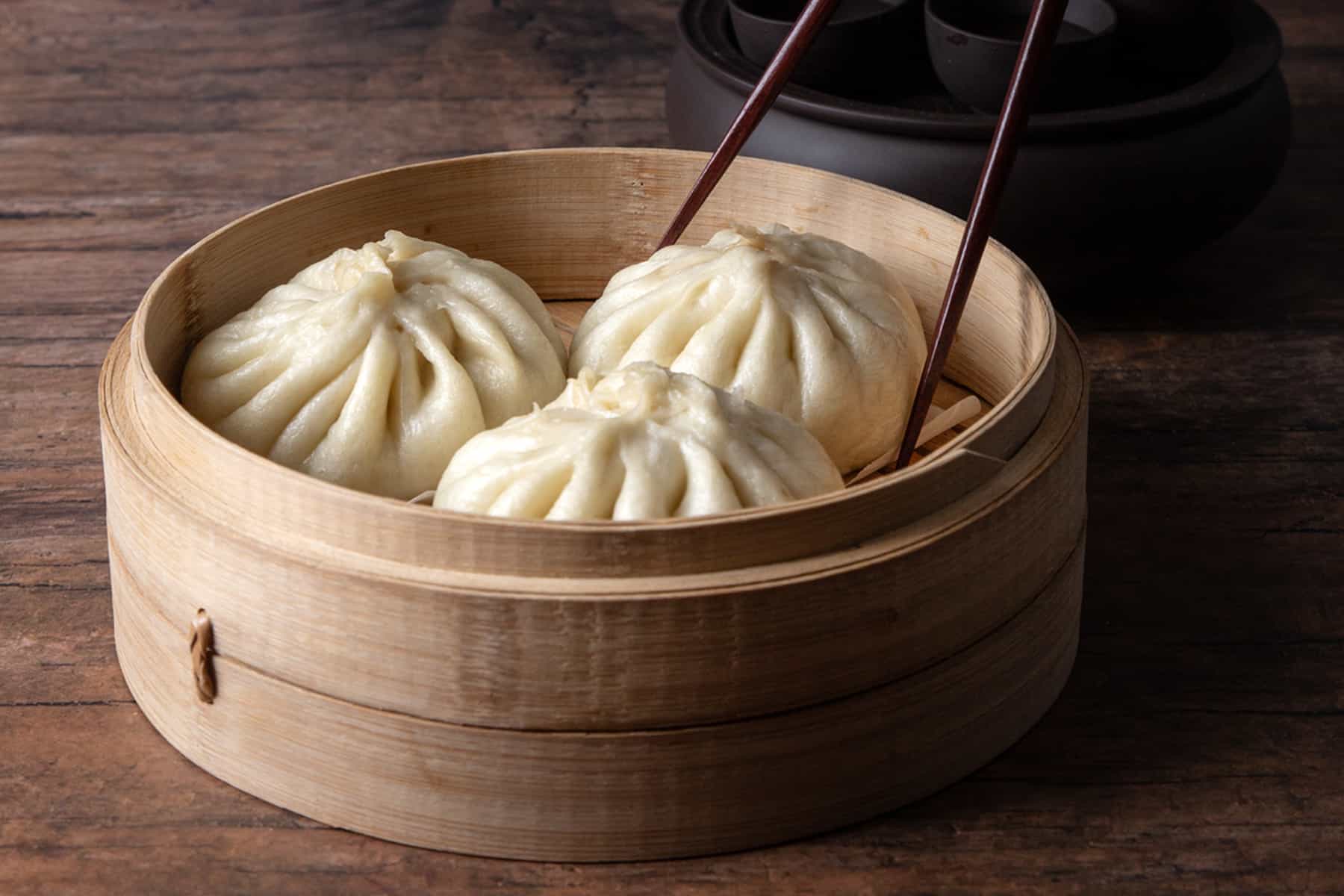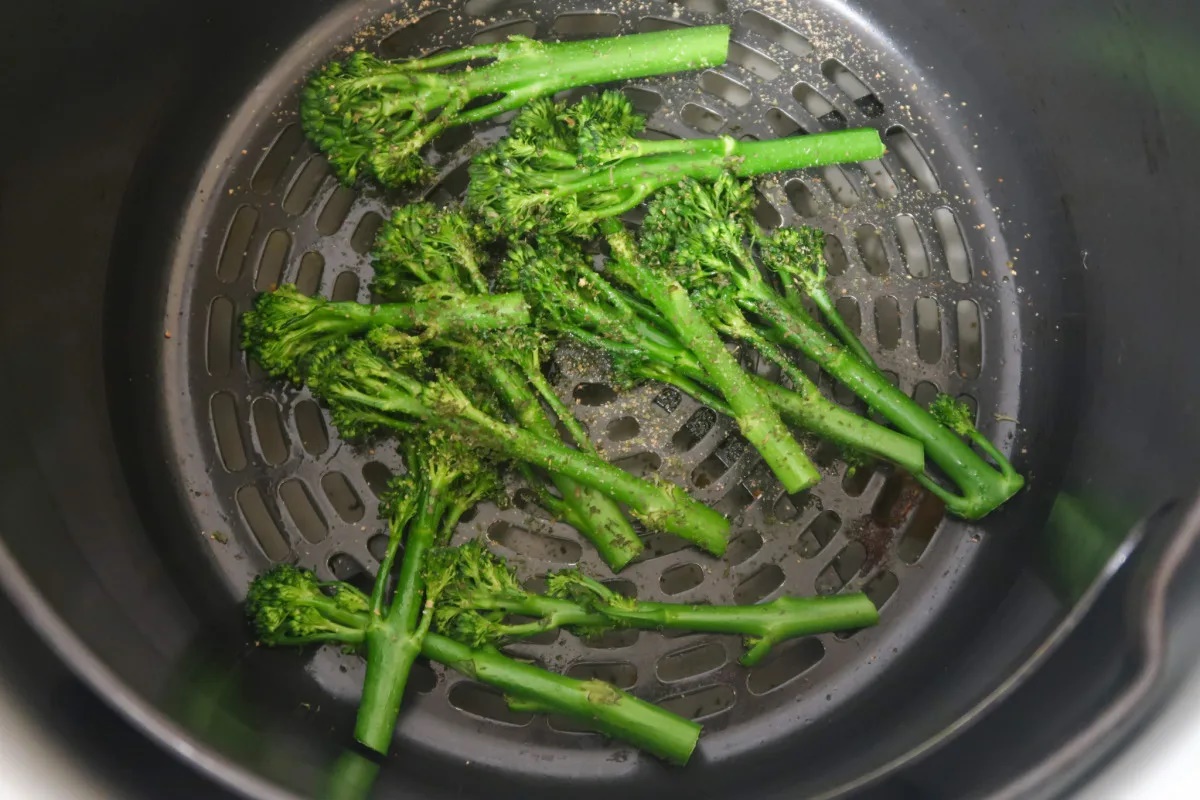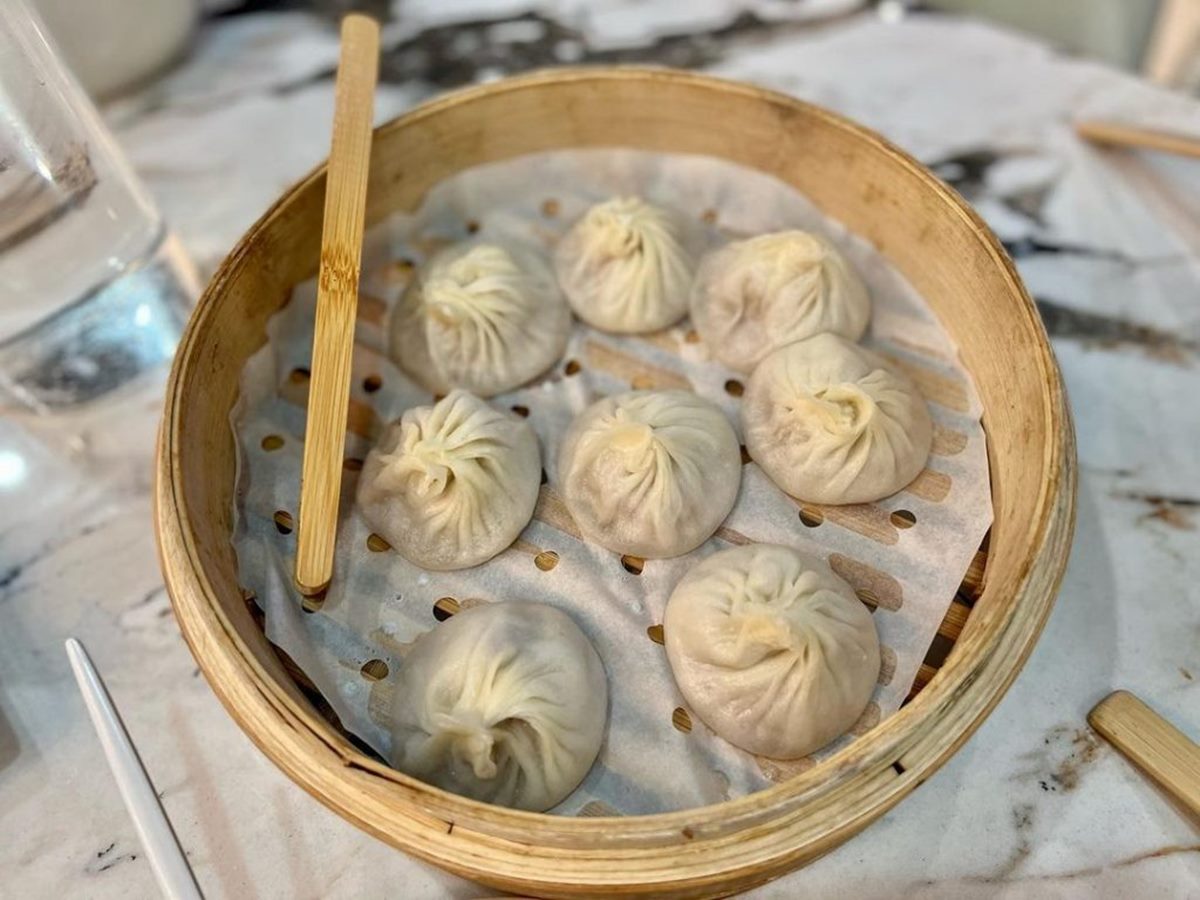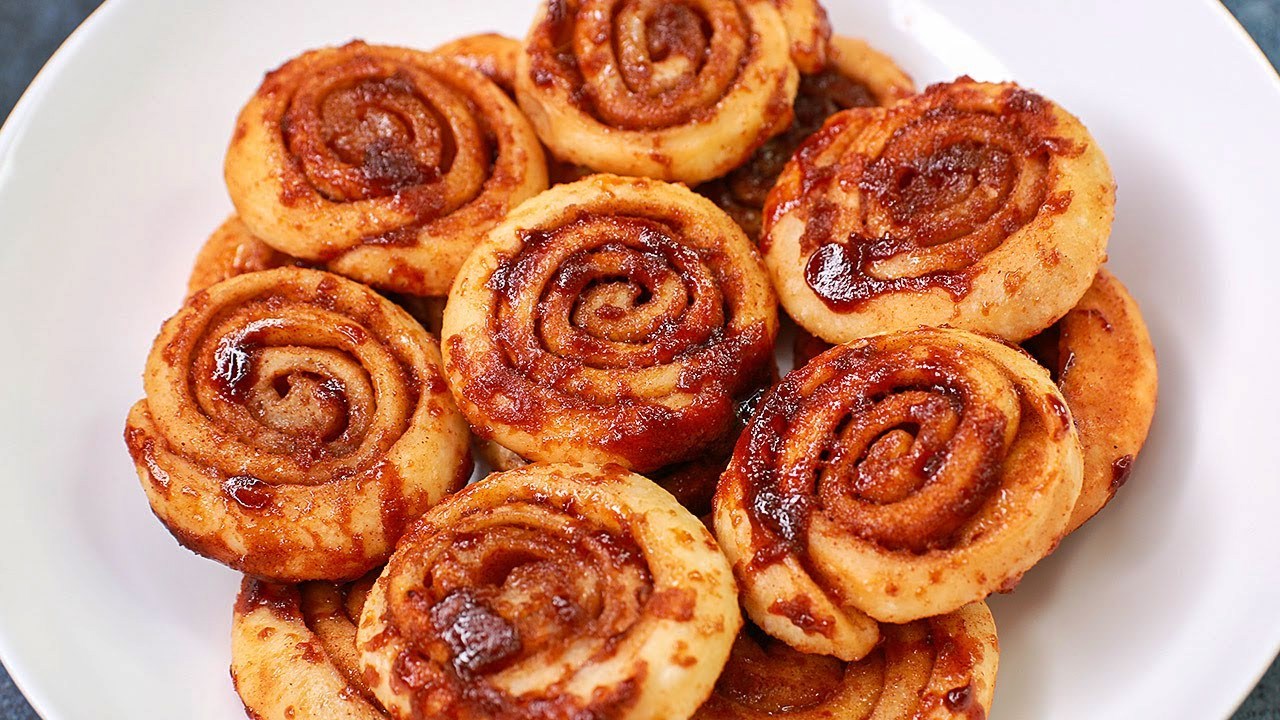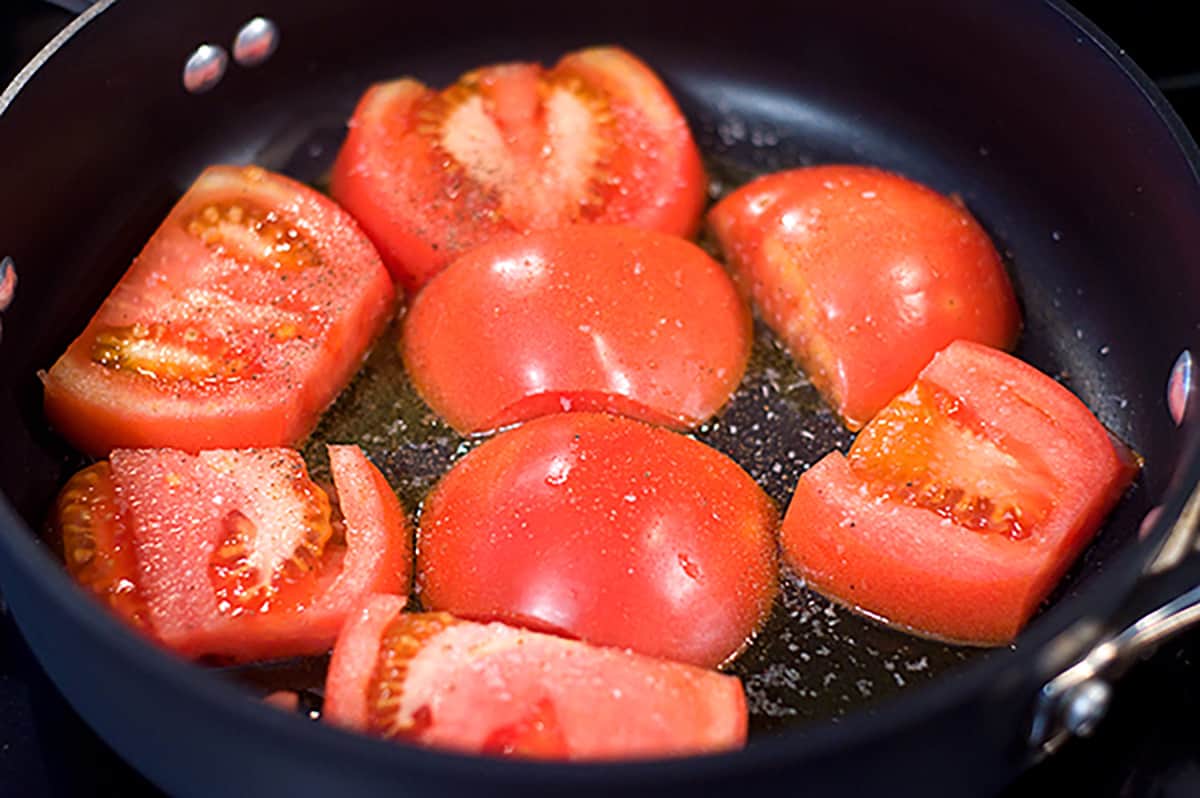How To Steam Milk Without A Steamer
Steamed milk is the key ingredient in a variety of delicious hot beverages like lattes, cappuccinos, and hot chocolates. While a steamer is commonly used to achieve that creamy, frothy texture, not everyone has access to one. But worry not! You can still enjoy perfectly steamed milk without a steamer. In this article, we will guide you through some easy methods to achieve that steamed milk goodness right at home.
1. Stovetop Method
The stovetop method is a classic technique that requires minimal equipment and provides fantastic results.
- Start by pouring the desired amount of milk into a small saucepan.
- Place the saucepan on a stovetop and set the heat to medium-low.
- Stir the milk continuously using a whisk or a spoon until it starts to steam and small bubbles form around the edges.
- Remove the saucepan from the heat just before the milk reaches a boiling point.
- Continue stirring briefly to create a velvety texture.
Voila! You’ve just steamed milk using a stovetop method.
2. Microwave Method
If you’re looking for a quicker way to steam milk, the microwave method is for you.
- Pour the desired amount of milk into a microwave-safe container.
- Place the container in the microwave and set the timer for around 30 seconds.
- When the timer goes off, carefully remove the container and give the milk a good stir.
- Place it back in the microwave for another 30 seconds or until the milk starts to steam.
- Once it’s steamed, take it out and give it a final stir to achieve the desired frothy consistency.
That’s it! You’ve successfully steamed milk using a microwave.
3. French Press Method
If you have a French press lying around in your kitchen, it can come in handy for steaming milk.
- Pour the desired amount of milk into a microwave-safe container.
- Place the container in the microwave and heat it for about 1 minute or until the milk is warm, not hot.
- While the milk is warming, remove the plunger from the French press and pour the heated milk into it.
- Replace the plunger on top and slowly press it up and down several times to create froth.
- After a few presses, you’ll have a delightful, frothy milk.
Great job! You’ve now steamed milk using a French press.
Final Thoughts
While a steamer certainly makes the milk steaming process more convenient, it’s not the only way to achieve a beautifully textured milk for your favorite hot beverages. With a few household tools, you can easily enjoy the same frothy goodness at home. Whether you opt for the stovetop method, microwave method, or French press method, experiment to find the one that suits your preference. Happy milk steaming!
For those looking to master the art of steaming milk without a steamer, there's a variety of recipes to experiment with. Try the Classic Latte Recipe for a simple yet satisfying start. For something with a bit more flair, the Caramel Macchiato Recipe adds a delicious twist. If you're in the mood for something cozy, the Pumpkin Spice Latte Recipe is a must-try during autumn. For a unique flavor, the Matcha Latte Recipe offers a vibrant and earthy taste. Those who love a hint of spice might enjoy the Chai Latte Recipe, while the Turmeric Latte Recipe provides a warm and healthy option. Finally, the Lavender Latte Recipe brings a floral note that's both calming and refreshing.
Was this page helpful?
Read Next: How To Steam Tamales Without A Steamer
